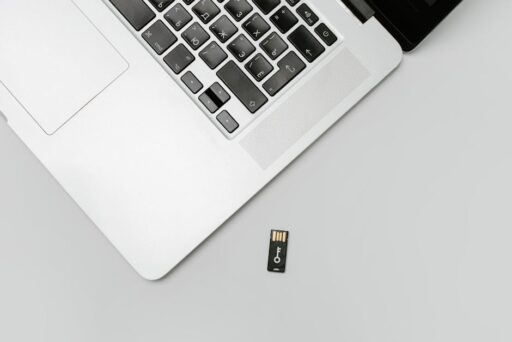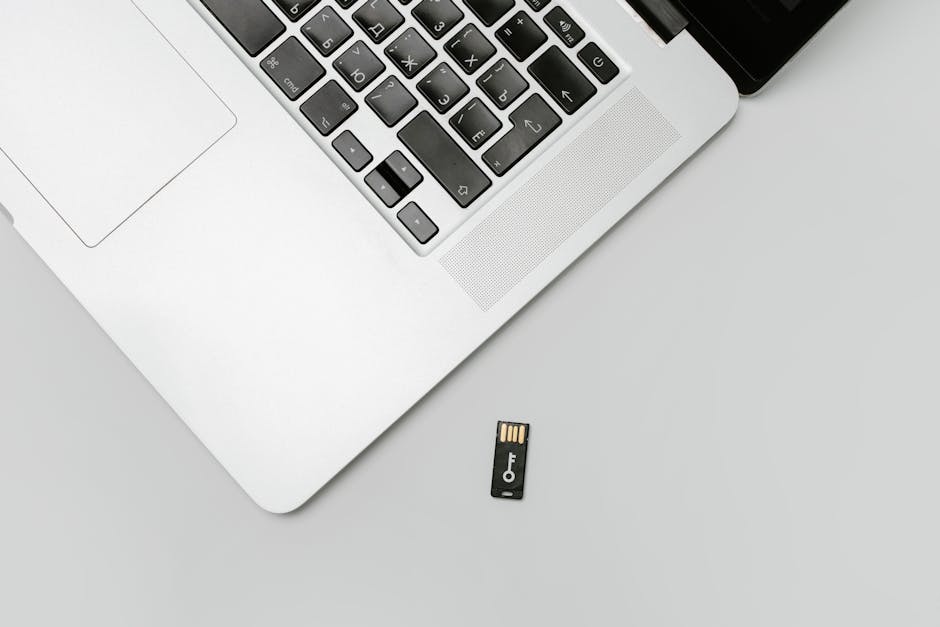Mastering Memory: Techniques to Boost Productivity and Retain Information
Have you ever opened the fridge and forgotten why you did so, or struggled to remember a name immediately after hearing it? You’re not alone. Memory lapses are common, and while they can be amusing at times, they can also hinder productivity, especially in the workplace.
Fortunately, improving your memory is more attainable than it seems. By applying strategic memorization techniques, you can enhance your memory and boost your productivity. Let’s explore these methods and how they can be incorporated into your daily routine.
The Importance of Memorization
Memorization involves acquiring, storing, and retaining information for future retrieval. This skill is essential for learning and recalling information effortlessly. In the workplace, effective memorization can help you remember lists, presentations, guidelines, and more.
The Memorization Process
The process of memorization involves three phases:
- Encoding: Information is perceived and categorized by the brain for storage.
- Storage: Information is stored in short-term or long-term memory, with neurons forming connections.
- Retrieval: Recalling stored information strengthens neural pathways, aiding memory retention.
Memorization Techniques to Enhance Productivity
Spaced Repetition
What it is: Spaced repetition involves reviewing information at increasing intervals to embed it into long-term memory. This counters the brain’s natural tendency to forget over time.
How to apply it: Write down information you need to remember, and review it at scheduled intervals. Start with two days, and gradually extend the time between reviews to reinforce memory retention.
Productivity tip: Use spaced repetition for preparing pitches or presentations, combining it with flashcards for enhanced learning.
Chunking
What it is: Chunking groups related tasks or information, making them easier to remember.
How to apply it: Break down complex information into smaller, manageable units and find connections between them.
Productivity tip: Categorize projects or tasks by deadlines, clients, or other factors to streamline management.
Mnemonics
What it is: Mnemonics use retrieval cues to encode information efficiently, aiding in memory retention.
How to use it: Create acronyms or phrases that relate to the information you need to remember.
Productivity tip: Mnemonics are useful for professionals dealing with large volumes of information, such as HR or medical staff.
The Loci Technique
What it is: Also known as the Memory Palace, this technique associates familiar spaces with information to create a mental map.
How to apply it: Visualize a familiar location and assign information to different areas within it for easy retrieval.
Productivity tip: Use the Loci Technique to recall names, tasks, or key points in presentations.
Mind Mapping
What it is: Mind mapping visually organizes information, making it easier to remember.
How to apply it: Create visual diagrams that connect related concepts, aiding in memory and understanding.
Productivity tip: Use mind maps for project planning and brainstorming sessions.
Teaching Others
What it is: Teaching information to others reinforces your understanding and memory.
How to apply it: Share your knowledge with colleagues or pretend to explain it to others to consolidate your learning.
Productivity tip: Encourage peer-to-peer learning in the workplace for skill development and knowledge sharing.
Additional Tips for Memory Enhancement
Besides these techniques, incorporate habits like regular exercise, a balanced diet, and adequate sleep to further boost memory. Utilize digital tools like Traqq for time management and tracking your progress with memorization techniques.
Start implementing these strategies today, and transform your ability to retain and recall information at work and beyond.




